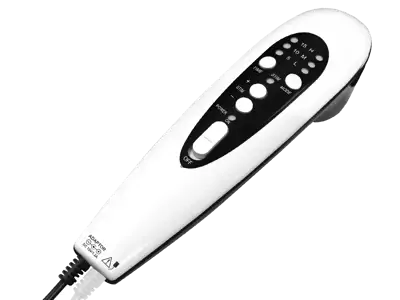Lumbago
The term lumbago is usually used as a synonym for lower back pain. Lumbago is a very common phenomenon.
Read more...The term lumbar is usually used to describe pain in the lower back. Lumbar pain is very common, it can affect one in three adults. The pain it causes can be so severe that it can hinder movement.
What is lumbago and why does it cause pain?
With your body in an upright position, your weight is on your spine. The greatest load is placed on the lumbar-lumbar spine. This is the reason why diseases of this spinal segment are the most common.
Overweight from sedentary work and lack of regular exercise have also weakened the muscles supporting your spine. Weak muscles don't hold the vertebrae in place, putting increasing pressure on the discs that fill the intervertebral space and the nerves that exit the spinal cord through the gap between the vertebrae. A sudden movement "pinches" the nerve fibre, causing severe low back pain that prevents movement - this is a lumbar sprain.
The incidence of pain tends to increase with age, but some people as young as the "third X" age group are already suffering from the excruciating pain of lumbago.
Treating lumbago
Lumbago pain can be effectively treated with electrotherapy. The treatment has three "steps". First, relieve the pain and relax the stiffened muscles. Then strengthen the muscles of the spine to prevent recurrence.
Pain relief
Pain relief is achieved with TENS or MENS (microcurrent) stimulation. Without pain relief, any treatment, massage or physiotherapy is very unpleasant and may even make your complaints worse.
To increase the pain relief effect, you can also use soft laser or ultrasound treatment. These reduce the edema around the nerve roots that are under pressure and thus reduce the pain.
Relieving muscle stiffness
Relieving muscle stiffness in the area of pain is important because the muscles respond to the pain by reflexively contracting, which can aggravate your complaints. Muscle-relaxation treatment can relieve your symptoms.
Strengthening the muscles that hold your muscles together
Once you have reduced pain and muscle stiffness, then start the muscle strengthening needed to achieve lasting symptom relief. Do this initially with muscle stimulation, then after a few weeks you can gradually move on to spinal strengthening exercises or yoga. Without strengthening the muscles that support your spine, your symptoms may recur again and again.





















